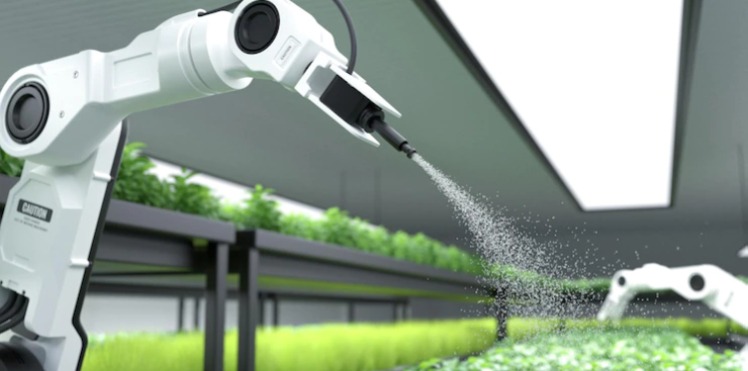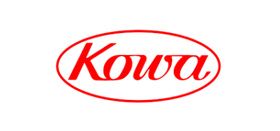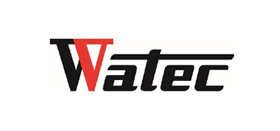In recent years, the agricultural industry is increasingly—and unsurprisingly—turning to robotics, automation, and AI to increase productivity and efficiency. Without robotics, traditional farming methods struggle to keep up. In addition, many farmers are suffering to find an adequate workforce. The need for automated farming has never been more urgent. Here are the top 10 ways automation and robotics are changing the industry.
1. Autonomous Planting
Nurseries can be the first step in the food journey for many crops. Nursery automation solutions are used for intelligent seeding, planting, potting, and plant inspection. In addition, mobile bots can move plants through each stage of development, then be used for harvesting, packaging, and palletizing.
2. Seeding
The traditional method for sowing seeds uses a "broadcast spreader" attached to a tractor, throwing the seeds while the tractor is in motion. This method is inefficient and wasteful.
With machine vision, farmers use geomapping and "agrobots" for autonomous precision seeding. First, the geomapping generates a map with the field's soil properties (quality, density, etc.). Then, a tractor with a robotic-seeding attachment places the seeds at varied locations and depths to optimize germination.
3. Crop Monitoring
Farmers can collect real-time data autonomously and continuously to analyze their fields using IoT sensors, ground robots, and drones.
4. Crop Analysis
Machine vision combined with deep learning algorithms can detect soil conditions, analyze aerial views of the agricultural land, and assess crop health based on geo-sensing information.
In addition, ground-based robots can provide detailed monitoring by getting closer to the crops.
5. Fertilizing and Irrigation
By targeting specific plants, robot-assisted irrigation can reduce wasted water. Robots can access areas where other machines cannot and autonomously navigate between rows of crops, then selectively water the plants where it is most needed.
6. Crop Weeding and Spraying
Robots are efficient for targeted spraying of pesticides and weed killers onto crops. In addition, "micro-spraying" significantly reduces the amount of herbicide used. This is less wasteful and is kinder to the environment. There are also weeding robots that use lasers to kill weeds.
According to Vietnam National University, micro-spraying robots use machine vision technology to detect weeds and target them with needed herbicides.
7. Thinning and Pruning
Pruning can be complex. The winemaking industry currently uses autonomous vineyard robots to prune grape vines. The robots create 3D models and identify what needs pruning. Intelligent software then directs the robot where to cut. Some pruning robots use a spinning cutting tool to ensure precision and use AI to learn the specific parts to prune by reviewing examples. Machine vision then detects which plants to keep and which to remove.
8. Autonomous Tractors
It is now more commonplace for tractors to be equipped with robotics. However, there are also fully-autonomous tractors using machine vision. Autonomous tractors can gather, identify, and sort crops. Autonomous harvesting helps farmers reduce costs and increase efficiency.
9. Shepherding and Herding
Although most agricultural robots are currently applied in crop growing, some applications are used for sheep and cattle farming. For example, using barking drones, robotic herding systems have been developed to herd animals without human input. The rapid development of this automated technology can also be used for monitoring, protecting, and conserving animal individuals or species.
10. Inspection and Sorting
Using SWIR (Short-Wave Infra-Red) lenses, machine vision provides strong contrast and high-resolution imaging needed for agricultural sorting and inspection. Hyperspectral imaging can provide valuable information, including the size, shape, color, and even the chemical composition (ripeness, fungal content, decay, etc.) of the objects being inspected.
Concluding Thoughts
Over the past few decades, there has been an enormous expansion of automation, machine vision, and robotics in the agricultural industry. The advancements in robotic crop farming, monitoring, analysis, harvesting, weed control, and more, will continue to revolutionize agriculture and prove to be more efficient and beneficial for both the farmer and the consumer.
When setting up these automated vision systems, lens choice is vital. That makes the machine vision lens choice one of the most impactful decisions that affect how well your system will work for you.
ALSO READ: WHAT’S THE DIFFERENCE BETWEEN VISIBLE AND SWIR LENSES?
Back to All Robotics and Autonomous Systems Articles, Resources and News
Share This:
To Know More About Machine Vision Lens distributors in Mumbai India, Contact Menzel Vision and Robotics Pvt Ltd or Call Us At (+ 91) 22 35442505 or Email us at info@mvrpl.com
Source - www.computar.com/
































